What Are PPP Loans? How the Paycheck Protection Program Works
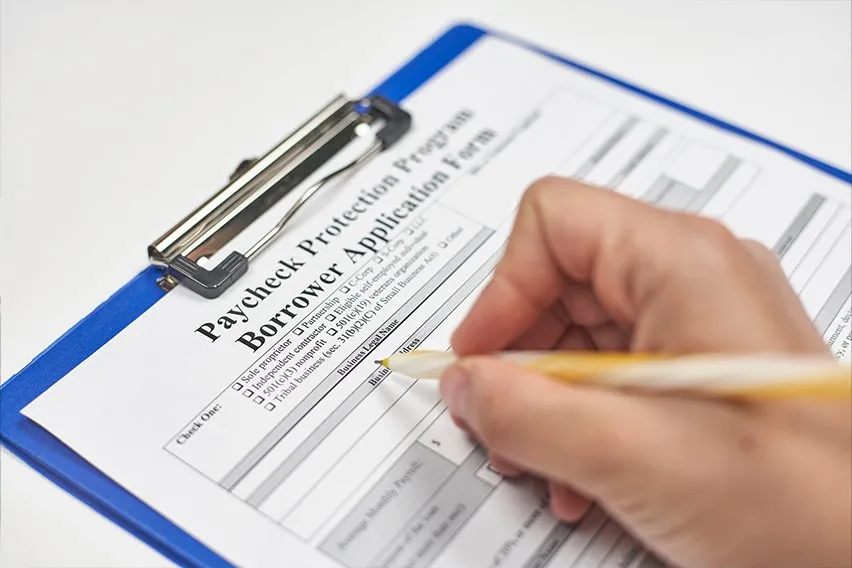
Times are hard. The Paycheck Protection Program came to the rescue to help small business owners survive the storm.
The Paycheck Protection Program was born in Spring 2020. The Trump administration created it as part of the CAREs Act in response to the COVID-19 pandemic. There were two rounds of funding of over $300 billion each.
The money was gone within weeks on both occasions.
Then, in early 2021, there was a great comeback of the PPP program.
The $284 billion stimulus package injected some more life into the small businesses of America.
At the time of writing, PPP funds are no longer available. It ended in May 2021.
You can’t submit a loan application at this time.
But in case you as a business owner managed to score while it was available, read on for key insights into the PPP loan.
Here’s What We’ll Cover:
What Is a PPP Loan and How Did It Work?
A Guide to PPP Loan Forgiveness
What Is a PPP Loan and How Did It Work?
The PPP loan was a small business loan for small American businesses affected by the Coronavirus pandemic. The PPP loan was a helping hand to recuperate lost business costs. You could also use it for payroll. That was its primary goal being the paycheck protection program.

There were three funding categories during the third and final round of the PPP loan rollout.
- First-Draw Loans
This meant that you didn’t receive any funding during the first two rounds of PPP’s existence. This could be because you didn’t qualify at the time. Or maybe you didn’t even submit a PPP application. The first draw gave those who missed out a chance to apply.
- Second-Draw Loans
These are the double dippers! Some businesses secured funding during the first or second rounds but it wasn’t enough. Those who suffered extremely badly throughout the year could apply for extra funding with the second draw. There was a maximum loan amount of $2million for second draw applicants as most funding concentrated on first draw. Everyone got the opportunity for a second chance.
- Special Cases
Some businesses returned their first PPP loan or didn’t get the full amount they should have. The third category was to cover those eventualities.
Terms & Conditions of the PPP Loan
- All PPP loans have a fixed 1% interest rate
- If the loan was given before June 5th 2020, it would mature in 2 years. If the loan was given after June 5th 2020, it would mature in 5 years.
- You didn’t need any collateral or personal guarantees for the loan
- Loans are forgivable
- The government and lenders can’t charge small businesses any fees. That’s a guarantee.
Who Could Qualify for the PPP Loan?
All funding categories met these requirements to secure funding:
- In operation before Feb 15th, 2020
- Belongs to one of the following categories:
- Small-medium sized business with fewer than 500 employees
- Accommodation services with fewer than 500 employees e.g hotels
- Food services with fewer than 500 employees e.g cafes and restaurants
- Self-employed individuals/solopreneurs
- Independent contractors
- Gig workers
- Sole proprietors of limited companies
- Independent franchises – not conglomerates
- Tax-exempt non-profit organizations
- Housing co-ops with fewer than 300 employees
- Independent news organizations with fewer than 500 employees
Extra requirements for the second draw were:
- Must have fewer than 300 employees
- Must be able to prove a 25% decrease in revenue during one quarter 2020
A Guide to PPP Loan Forgiveness
Do you have to pay PPP loans back? Yes and no.
Technically, these are forgivable loans. To qualify, you have to keep an excellent record of how you are spending the loan funds.
There are quite a few hoops to jump through but we are going to break it all down.
PPP Loan Forgiveness Terms
You qualify for complete PPP loan forgiveness if during the 8-24 week period after you got the loan, you:
- Maintain employee and compensation levels. (Basically saying you looked after your staff)
- You can prove your loan was spent on payroll and other business expenses
- You can prove that you spent at least 60% of the loan solely on payroll costs
When Can You Apply for Paycheck Protection Program Loan Forgiveness?
You can apply for loan forgiveness from your lender once all of the loan has been used up. You can apply for forgiveness at any point until the loan matures. So if you are a pre-June 5th applicant, the maturity date would be 2 years later. If you are a post-June 5th applicant, the maturity date is 5 years later.
When you received the loan, you would have been told of a “covered period”. The covered period for most people is 8-24 weeks after you received the loan.
If you don’t start the loan forgiveness process within 10 months of your covered period, you will no longer qualify. You’ll have to start paying it back to your lender at 1% interest.
You can agree on loan payments with your lender.

How Can You Apply for PPP Loan Forgiveness?
Step 1: Contact your lender
Your lender will be able to help you understand which form you need to fill out. There are three government-created templates for loan forgiveness applications. However, your lender doesn’t need to use them. They may decide to go their own way. So it is best to ask them what forms you need to complete.
Step 2: Get your documents in order
This is going to be a big list so take your time!
Proof of eligible payroll costs
- Bank account statements or payroll statements that show how much you have compensated your staff
- Payroll tax filings
- Payment receipts for employee benefits programs e.g retirement benefits, employee health insurance
Proof of other eligible expenses/ non-payroll costs
- Mortgage interest payments related to your business property – you need invoices and/or receipts
- Rent/lease payments related to your business property – you need invoices and/or receipts
- Utility bills related to your business activity – you need invoices and/or receipts
- Operational expenses e.g business software – you need invoices and/or receipts
- Property damage costs – you need invoices and/or receipts, plus proof that those costs relate to uninsured property damage e.g vandalism and public disturbances
- Supplier costs – you need copies of your contracts and invoices
- Worker protection costs such as COVID-19 related protective equipment – you need receipts, invoices and proof that these costs are COVID-19 related
This is just a basic list. Your lender may ask for more documents and proof. They will let you know the full list of documents you need when you begin the application process.
Step 3: Send your documents and completed forms to your lender
The lender will review your documents. They should request any extra information if they need it.
Make sure you are within the deadlines to qualify for forgiveness.
It’s also worth keeping tabs with them as your lender processes your application. Checking back in to see the progress of your application is never a bad thing. Remember that you are probably one of thousands and thousands in your area requesting loan forgiveness at the same time. Don’t get lost in the fray!
Key Takeaways
The Paycheck Protection Program was the Federal government’s answer to a terrible time in global history. It helped thousands of small businesses get back on their feet during the COVID-19 crisis. If you are one of the people who received a PPP loan, we hope this was helpful in understanding how you can apply for a write-off on the loan when you need it.
Find more helpful articles to help you run your small business on our resource guide.
RELATED ARTICLES


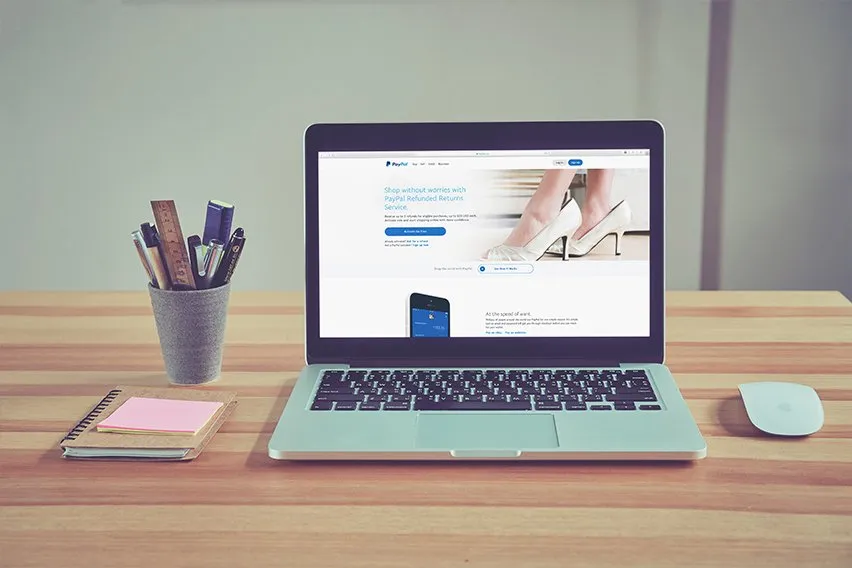 PayPal Instant Transfer: Fees, Limits, and How It Works
PayPal Instant Transfer: Fees, Limits, and How It Works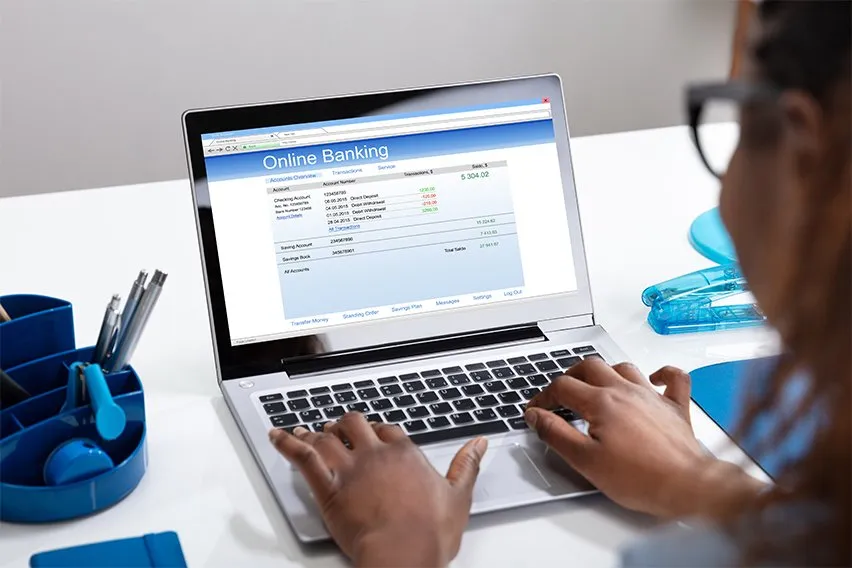 What Is an eCheck? An Extensive Guide on Electronic Checks
What Is an eCheck? An Extensive Guide on Electronic Checks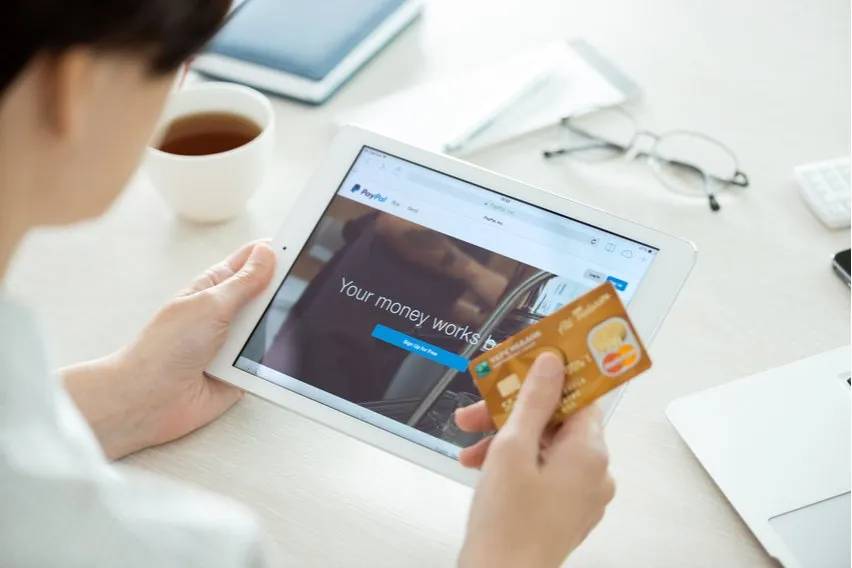 How To Transfer Money From PayPal to Bank: A Step-by-Step Guide
How To Transfer Money From PayPal to Bank: A Step-by-Step Guide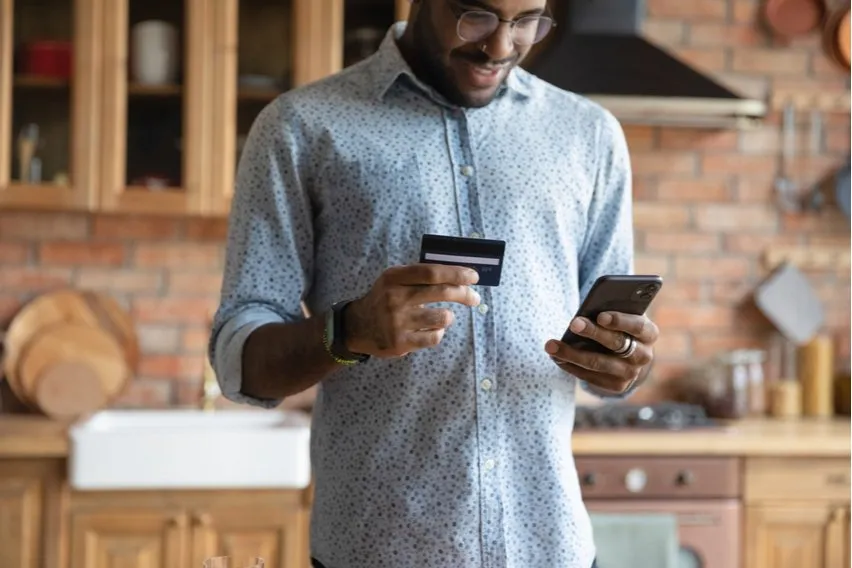 How to receive money from Cash App
How to receive money from Cash App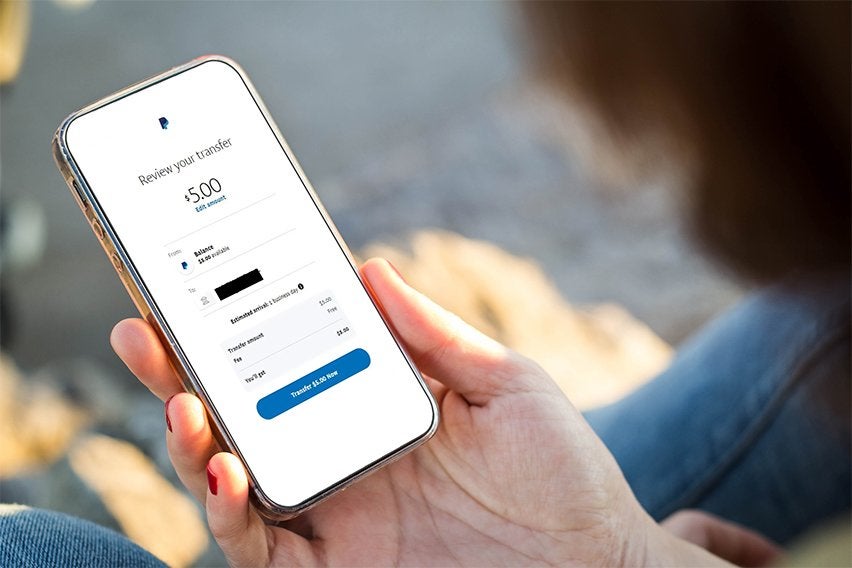 How to Receive Money on PayPal? Small Business Guide
How to Receive Money on PayPal? Small Business Guide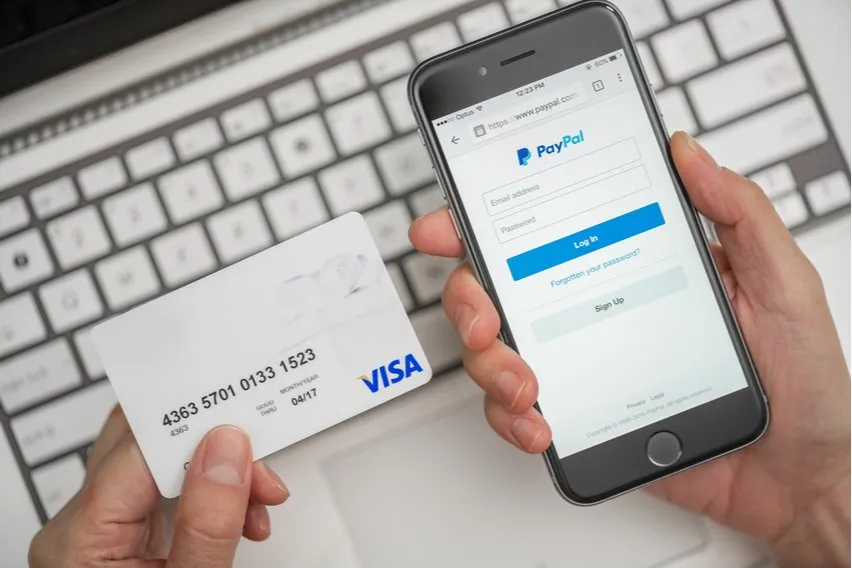 Does PayPal Charge a Fee? Know-How to Reduce Fees on PayPal
Does PayPal Charge a Fee? Know-How to Reduce Fees on PayPal